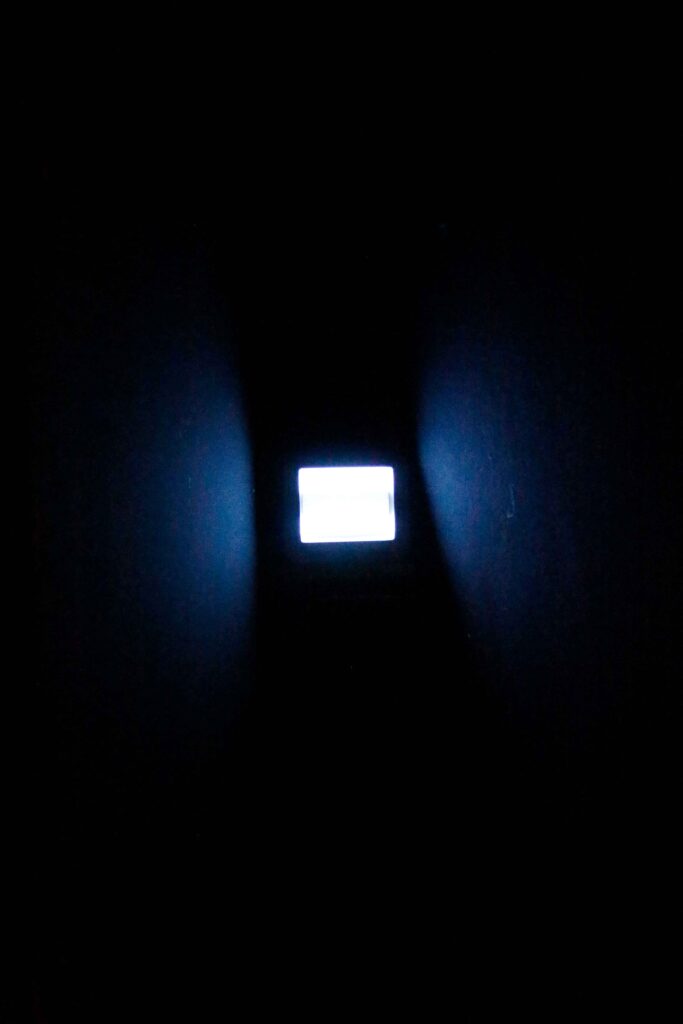installations
WOOD AND STONE
International landart project, 2022
On the occasion of the 44th mountain summer of the Austrian writer Bodo Hell, the international landart project “Wood and Stone” took place on the Dachsteinalm (Grafenbergalm) in summer 2022. 12 artists worked for a week on their projects which were presented in the form of a final art hike with a work exhibition and performances.
Works by Maria Schneider:
“Supernova” - hanging installation made of branches and hemp string.
“Mama” - vulva picture on a pasture made of branches
“Käsmandlhütte” - design of an imitated hut from the ruins of the old cheese cellar, created from the idea of a short story written by Bodo Hell about the legend of the “Käsmandl”.
“Nur-aus-Guck” - joint project with Bodo Hell, imitating a hunter’s vantage point with a deliberately restricted view, which makes only the Three Mountains in the background accessible to see.
Organistation:
next – Verein für zeitgenössische Kunst
A cooperation project with HDLU Zagreb and Culture Ireland
Participating artists:
Ursula Beiler (AUT), Götz Bury (AUT), Mark Cullen (IRL), Ivan Fijolić (HRV), Silvia Maria Grossmann (AUT/CHE), Bodo Hell (AUT), Luise Kloos (AUT), Erwin Lackner (AUT), Maria Schneider (AUT), Gerlinde Thuma (AUT), Kurt Ryslavy (AUT/BEL), Josip Zanki (HRV)
Art historical accompaniment: Tanja Gurke
Film: Markus Mörth
Filmpresentation: 29.03.2022 Literaturhaus Graz with reading from Bodo Hell






ENCOUNTER ZONES
Installation, 2022
First tiny intervention as part of "a niche project".
The niche - a shallow indentation, a deepening in a wall or the small extension of a room. Also defined as an area that allows (despite unfavourable circumstances relatively) free development. Discovered, found, noticed. Considered, determined, implemented and taken. Invited. To be continued.
This tiny exhibition shows a small selection of works around the topic of encounter zones.
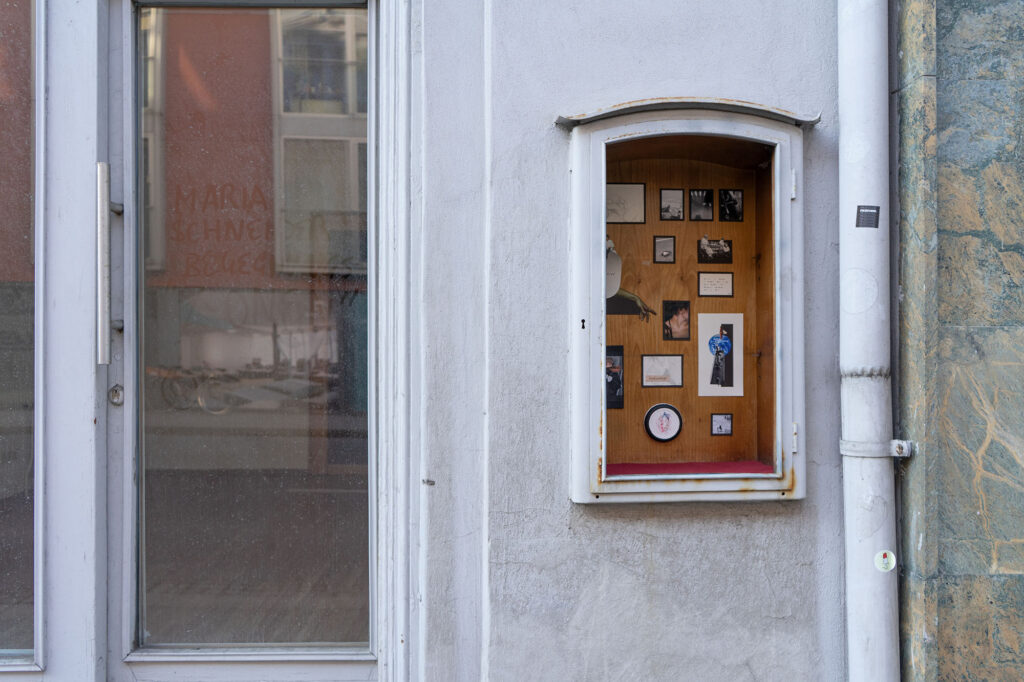
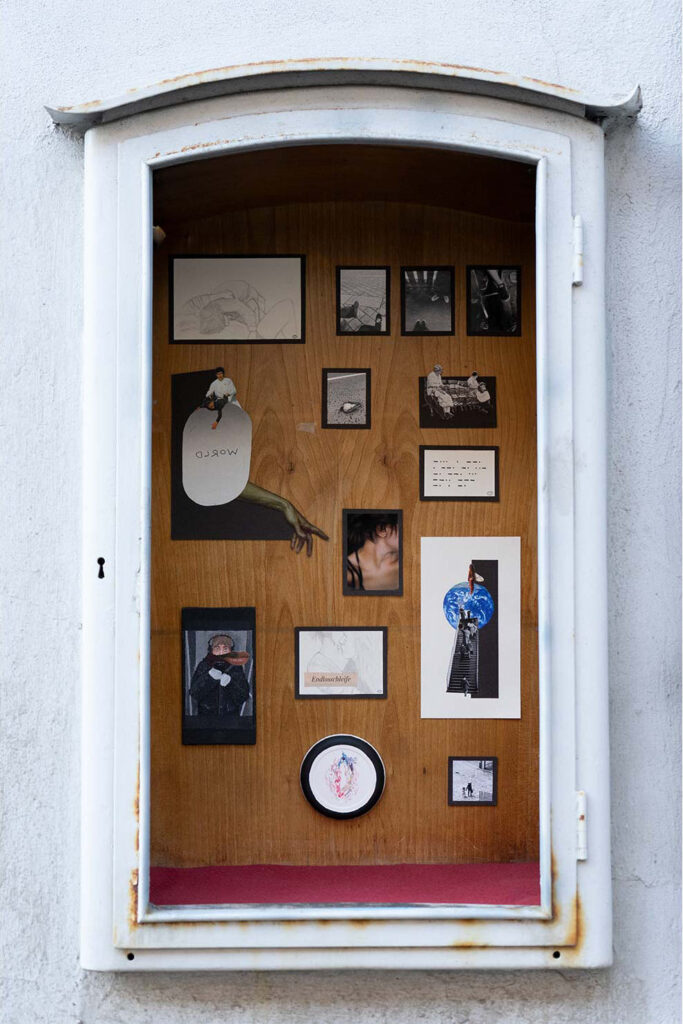
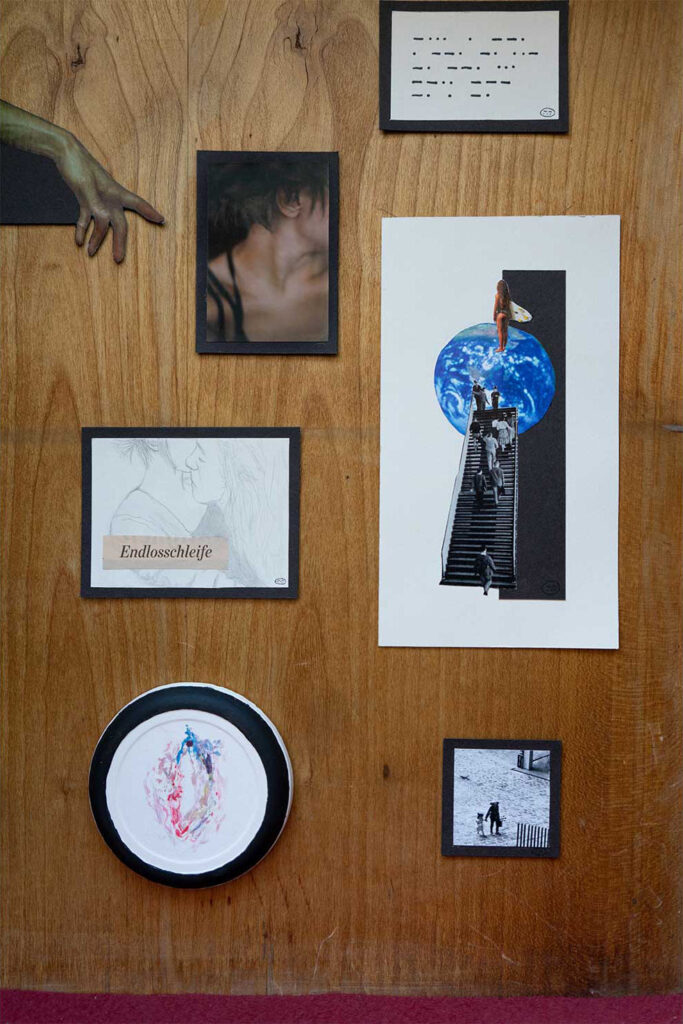





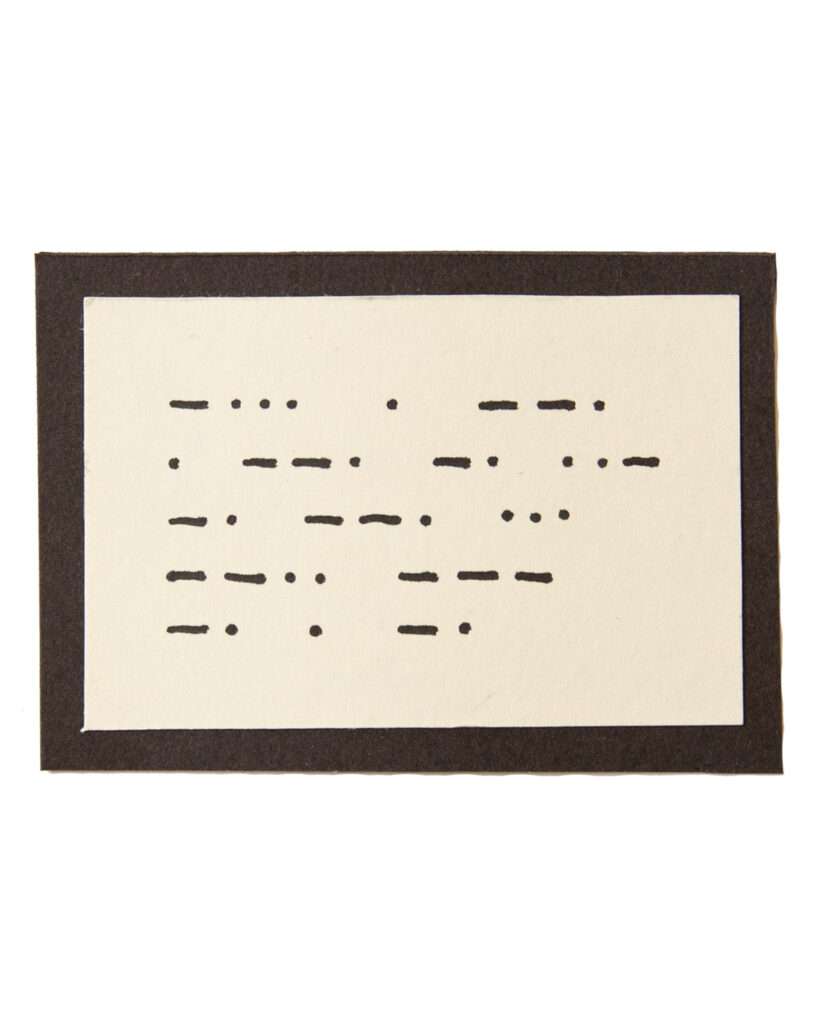

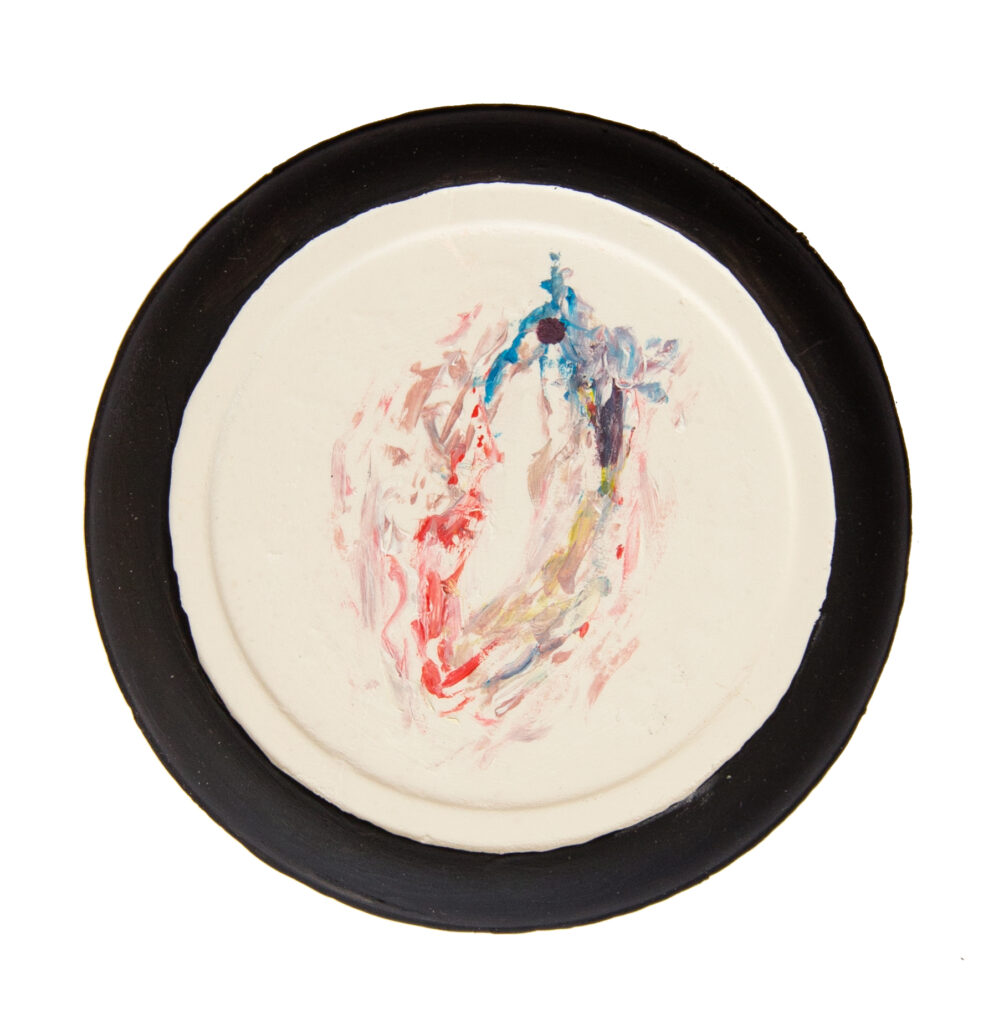


TRIEB (DRIVE)
Spatial Installation in cooperation with Belinda Winkler, 2021
When is it going to happen for you?
You don’t have time forever. Your biological clock is ticking. You should finish your education first. Find the right man. Marry him. Be a good mother. Give up your freedom. Put your career on the back burner. Your body is made for it. You’ll regret it if you don’t do it.
Do you feel driven? Or is it a drive you want to pursue? Let yourself be driven. Drift into a role. Do it like the animals do. Drive out anew. Drive life forward. Drift off/Abort?
With the spatial- and sound installation Belinda Winkler (textile artist and designer) and Maria Schneider addressed female feelings in the context of wanting children and motherhood.
Social pressure, with which women* are very often confronted in this context, and physical urges, which confront this, were sensually experienced in the installation. The need to give life and the discontent to have to dedicate oneself to this topic because of gender were illustrated. Two opposing personal positions, the pleasant feeling of having an experience that is granted to you as a woman and the pressure of being forced into this role cliché unintentionally were here brought into light and room and thus became a topic of discussion.
It was part of the group exhibition “HETZ” of the art association “ROTER KEIL”.
Together with the “Kunstfreundeskreis Graz” an artist talk and also a public discourse about social pressure and the different perspectives on the “desire for children and society” was organized. The project was supported by the “Department Women and Equal Opportunities Graz”.

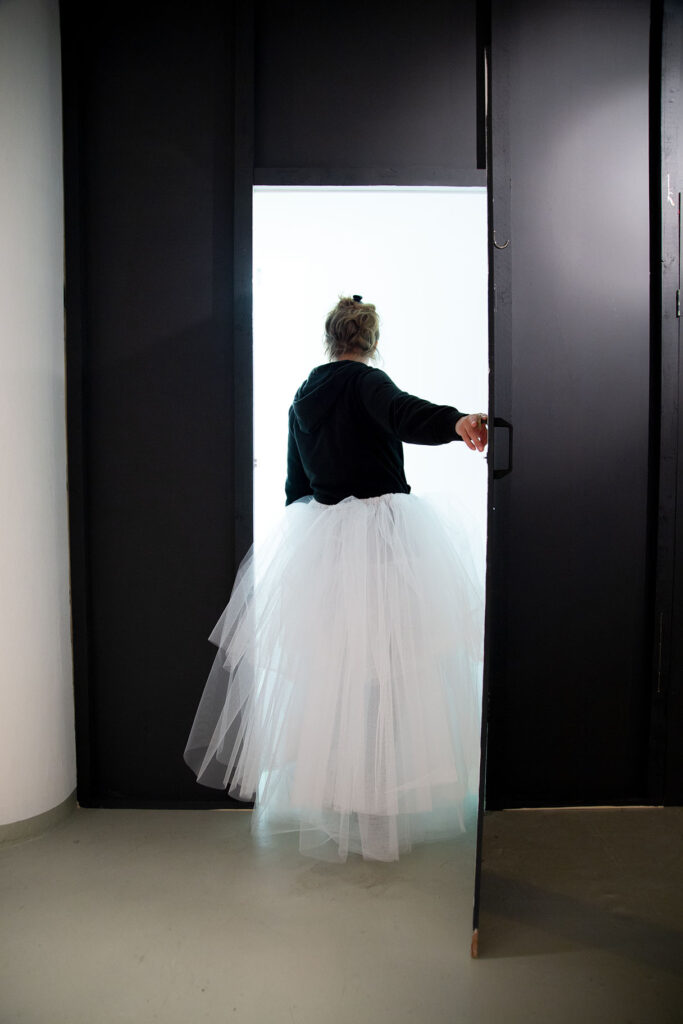

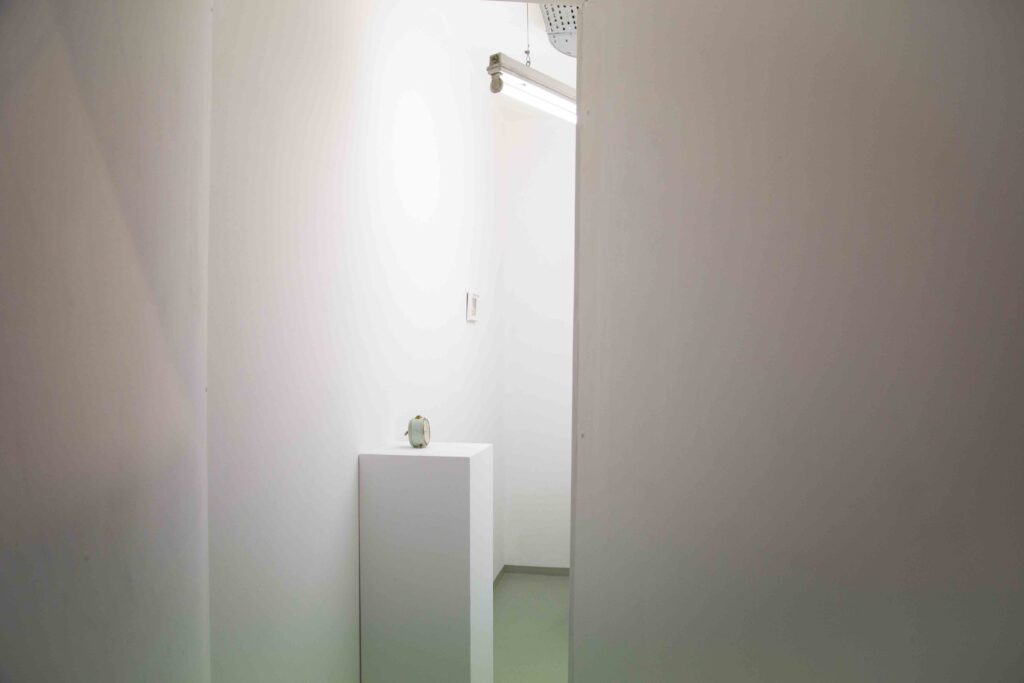
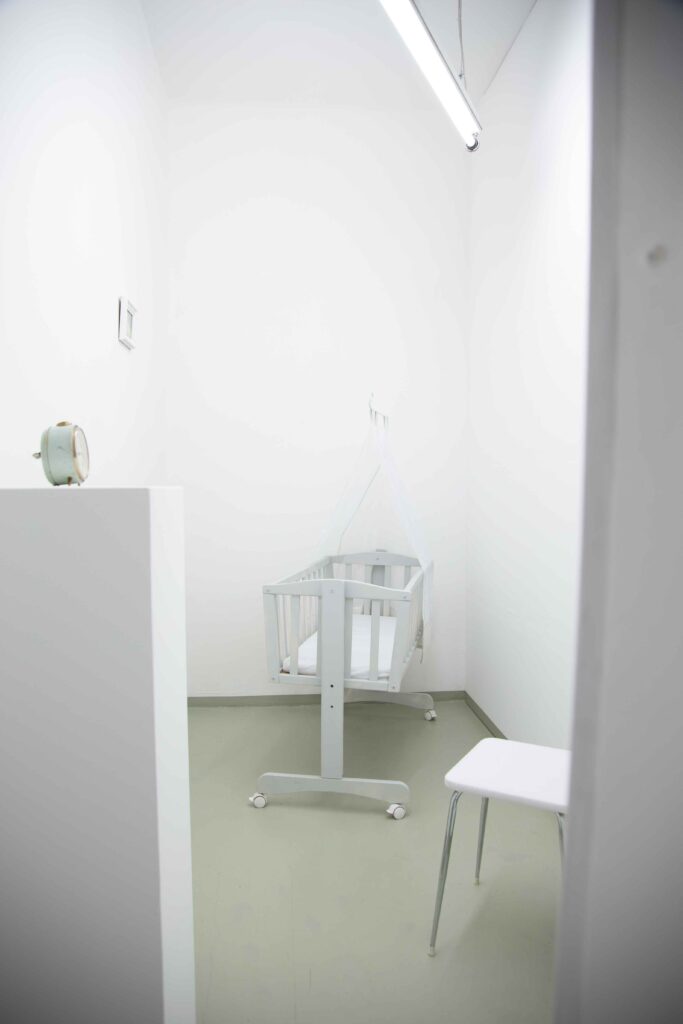

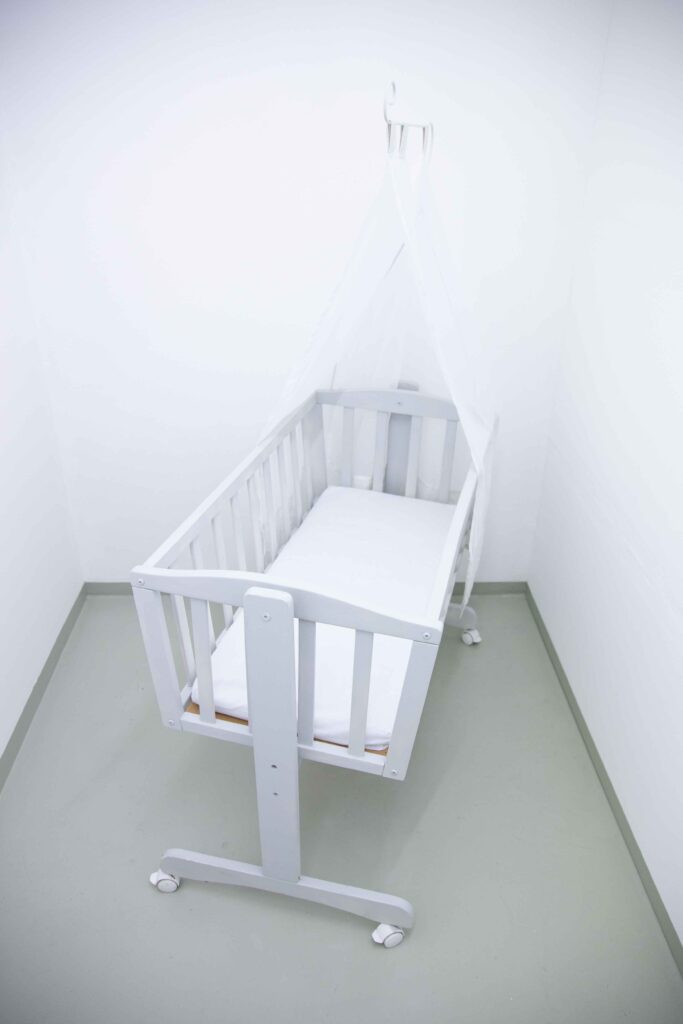

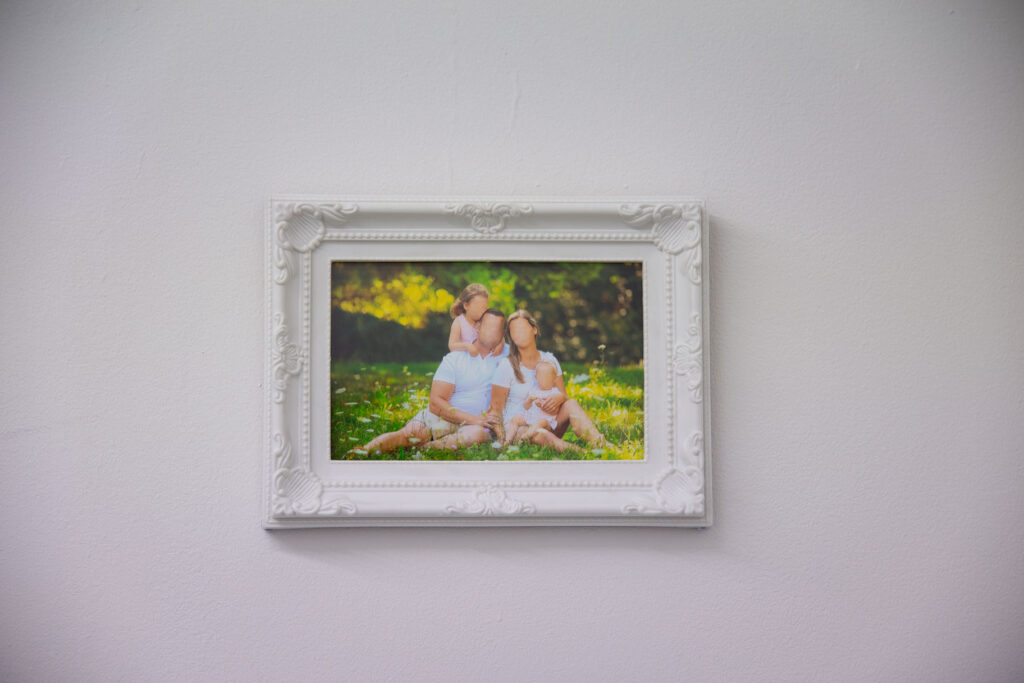

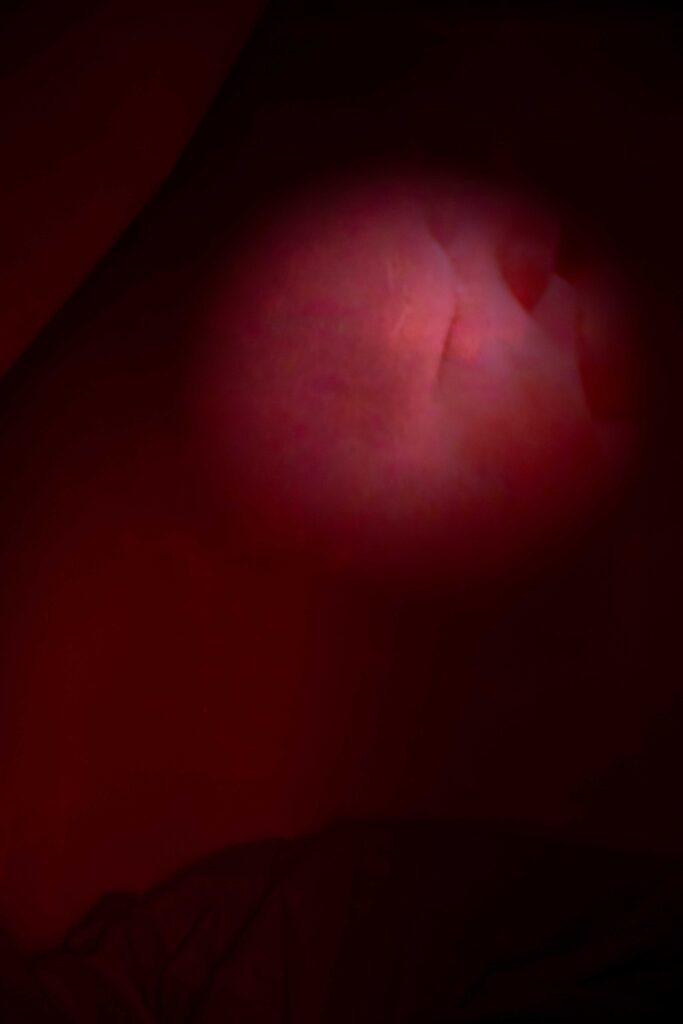


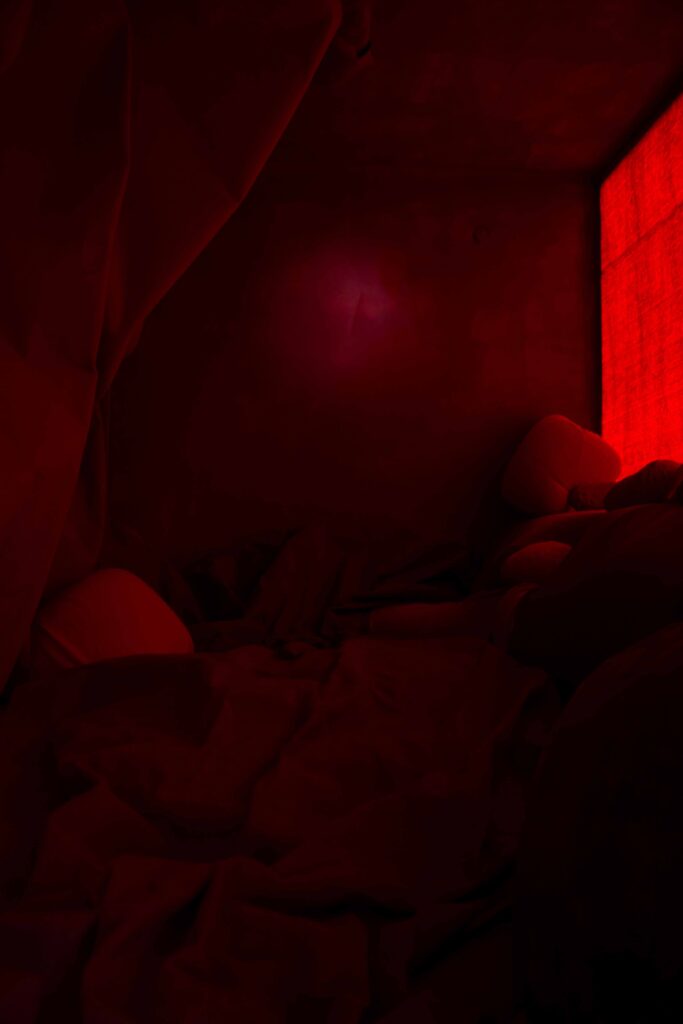


SHRINE
Landart Installation, 2021
The work was created in 2021 as part of the land art project “SOURCES” of the association for contemporary art “next”, which took place as an “artist in residence” programme.
In this work, nature was explored as the source of creativity and the freedom of it. The environment and the material found there served as a source of inspiration. A free playful approach such as the forest huts build as a child were a suggestion. No guidelines, no concept, only the living out of the spontaneous artistic source of creativity.
Through the influence of the religious place Seckau and dealing with the topic of rituals, a shrine gradually emerged, which invited to stop and linger. A place was created to think about your own rituals and your own faith.





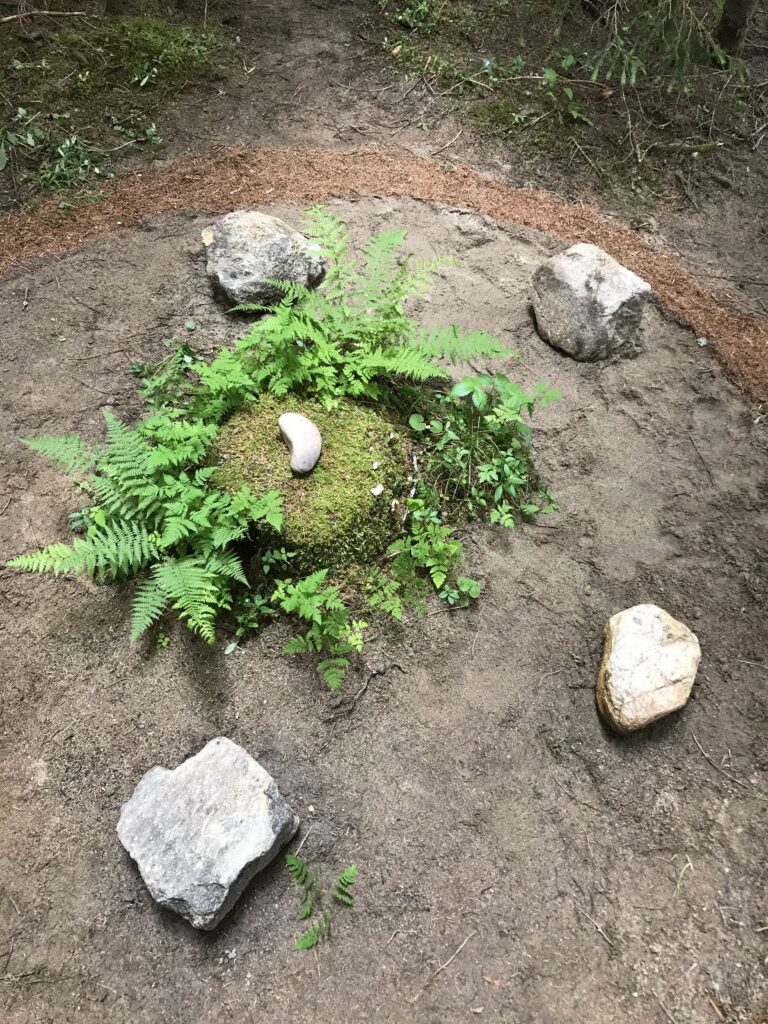

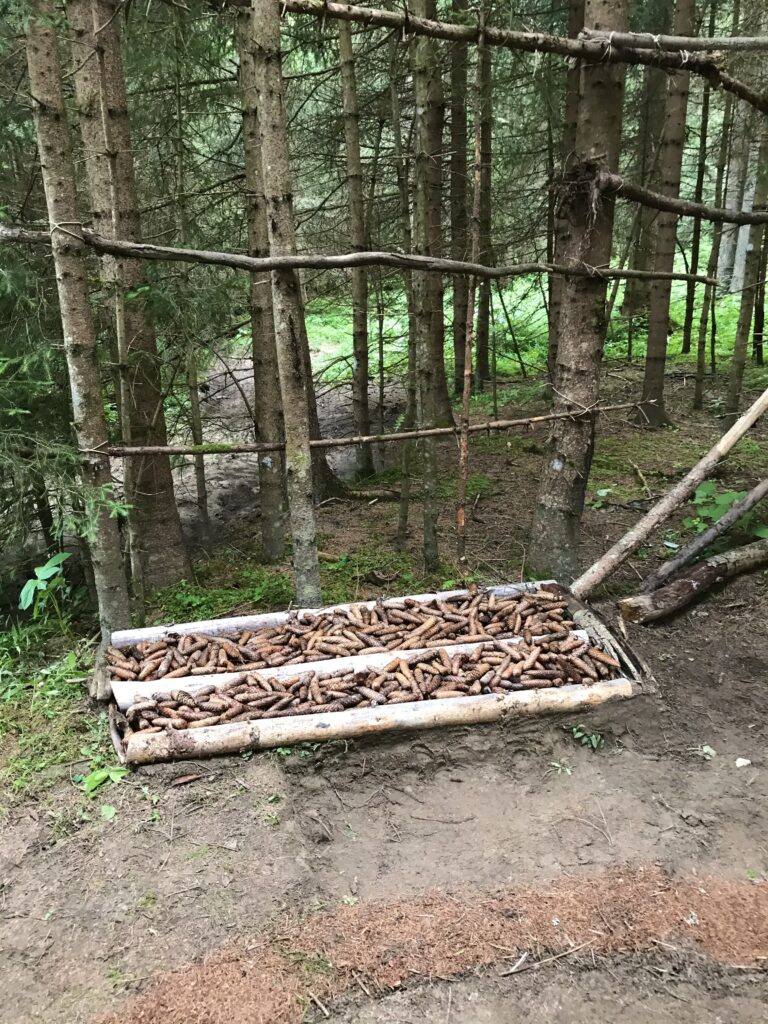
STONE IN FOCUS
Interactive Soundinstallation, 2021
The installation was developed for the “Kunsthalle Graz” in 2021 as part of the exhibition “part of the game”.
New technology, computers and digital progress have given their name to our current form of society after the industrial age: the information age. Digital communicative networks, electronic data processing and digital global networking have been and are becoming increasingly important. Knowledge and information are becoming raw materials. Also in view of the current world-wide pandemic situation, digital communication and information transfer is becoming an indispensable asset in a modern society. With the new age an abundance of information developed and humans have more information at their disposal than they can process as an individual. It seems increasingly difficult to grasp the essence and make judgments through the sheer amount information. With the flood of information, it seems increasingly difficult for many to distinguish which knowledge is important and which is not. Too much information and the multitude of technical aids for its order and processing lead to excessive demands and as a consequence to lapses of concentration and a remembrance. This results in psychological stress, forgetfulness and the digital dementia referred to by science.
Stone as an expression of the eternal and a sign of permanence. Stone is solid, resistant and can thus be seen as a compact resting object that is Resolute and fixed in its nature. Placed in the center of the room, it serves as an object in the center, a “Stone in Focus”. Centering or, in a narrower sense, concentrating is to be illustrated in the stone. The sound installation is meant to direct the willful focusing of the viewer’s attention to an object that is in the center. The stone as a raw material is presented as a substance of safe knowledge and information. Due to its nature it is not usually used as a sound body or is not known as a suitable body for sounds. By means of strings that lead from all directions of the room to the stone, the focus on it is strengthened. It becomes the central point. With the help of technical means information is taken from it, for which it is not known - vibration and consequently sound. As in the techniques of meditation, the conscious control of attention is directed to an information-generating object. An in-depth reflection is stimulated that leads to a path of knowledge and resting decision. In the best case, the viewer takes an awareness of attentiveness to the resting from this interactive installation for themselves.
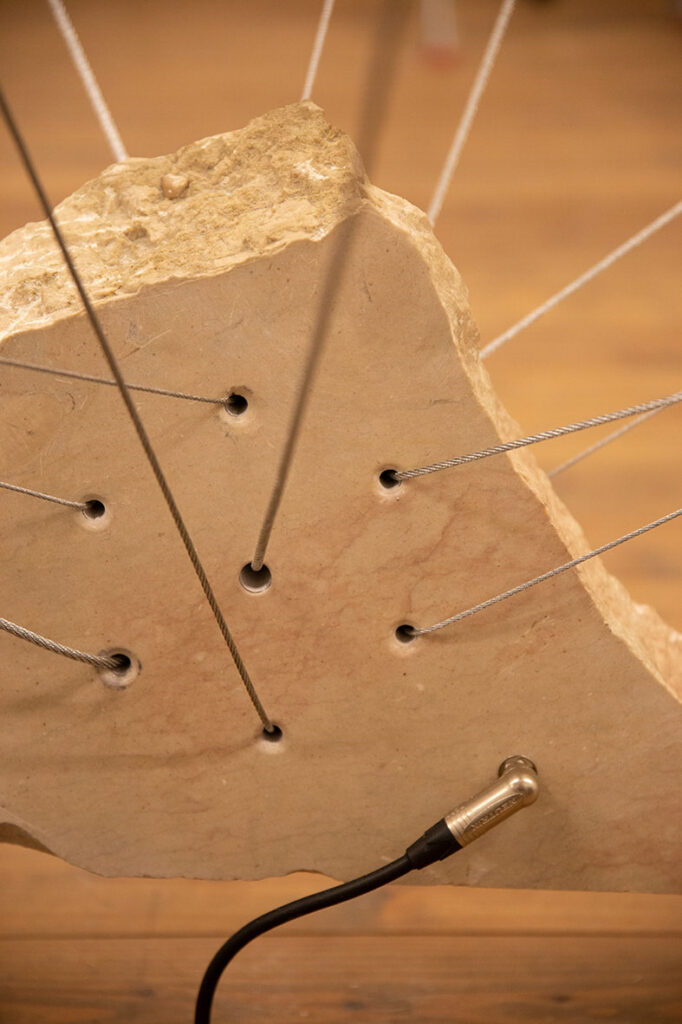


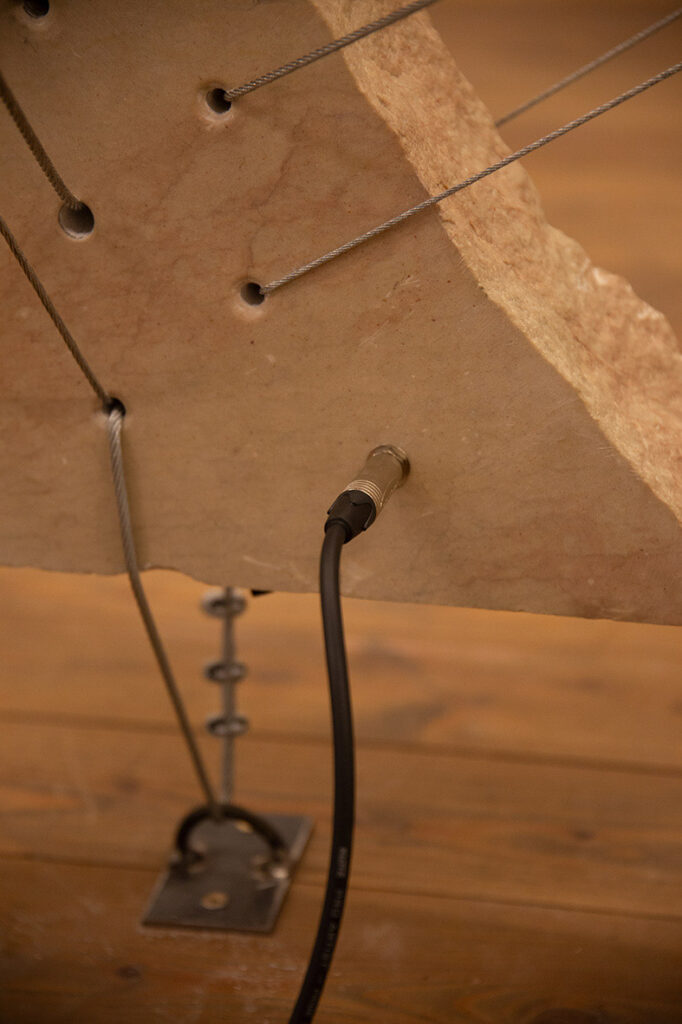
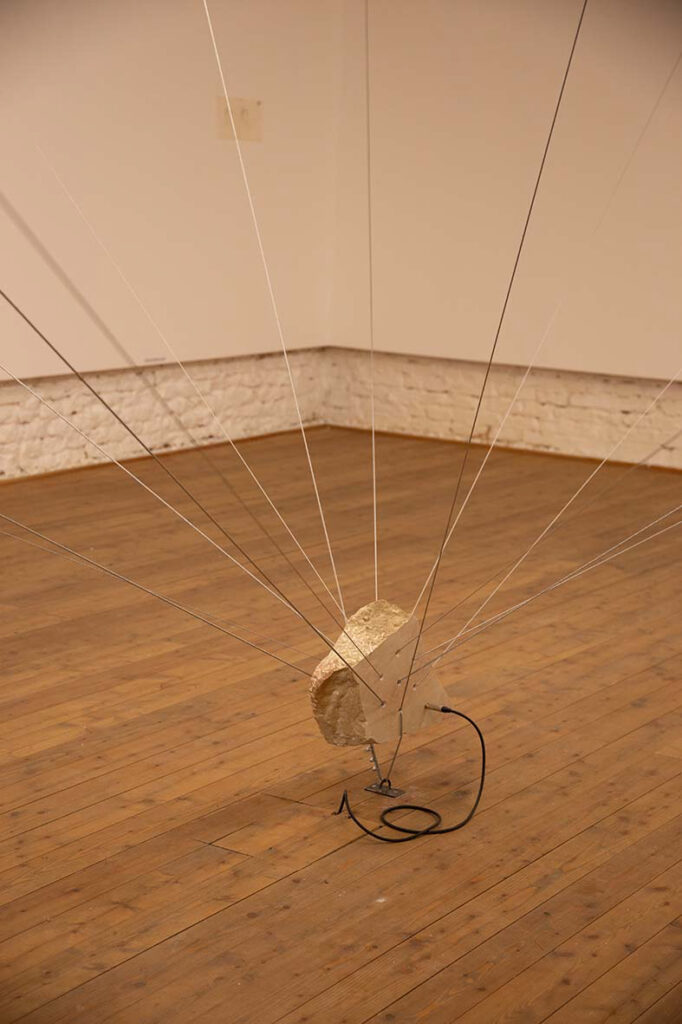
NR. 544
Installation, 2020
The installation was developed in 2020 for the atrium of “<rotor> - association for contemporary art” as part of the exhibition “in suspense - albeit unintentionally - rather acrobatic”
It shows a dichotomy in which man is held and supported by the system and at the same time prevented from being free and self-determined. Thereby a discourse about existing social systems and the personal existence in them shall be stimulated.
To what extent does one need the system, its structure and support and where and to what extent is one restricted by it?
Is there an opportunity and the will to change and improve something? What would be possible in social systems in which each individual can exist as freely as possible? Is such a social system even conceivable?
Or is it like Henri Lefebvre describes it in his book “the right to the city” “every system tends to end thinking, to close perspectives”.
The title results from adding up all the numbers that the artist records in various systems. (Authority / account / customer numbers, etc.)
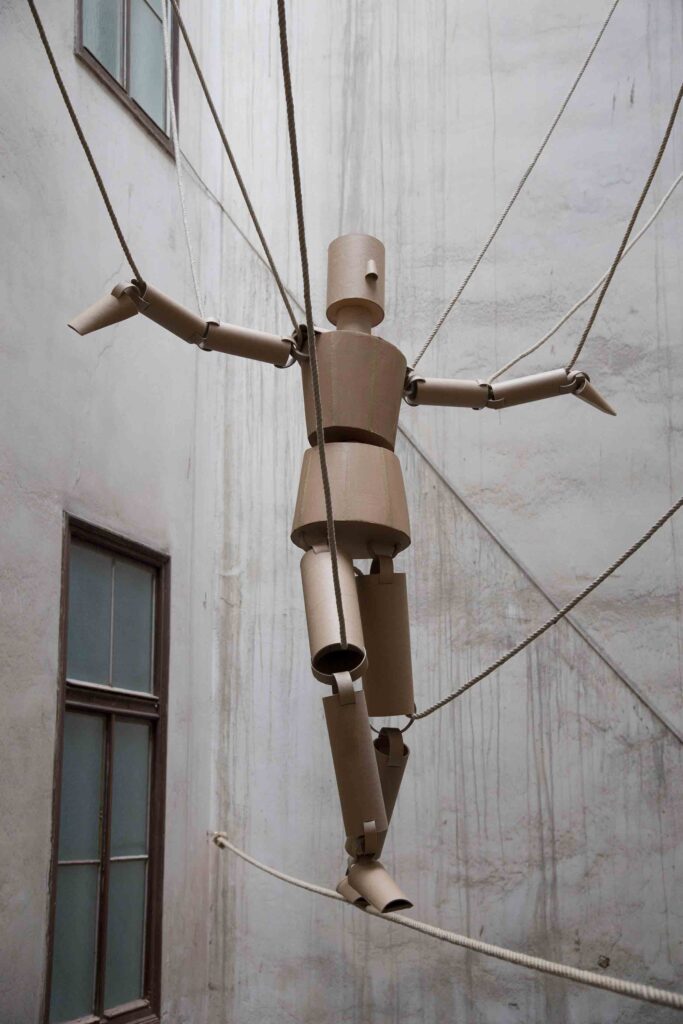

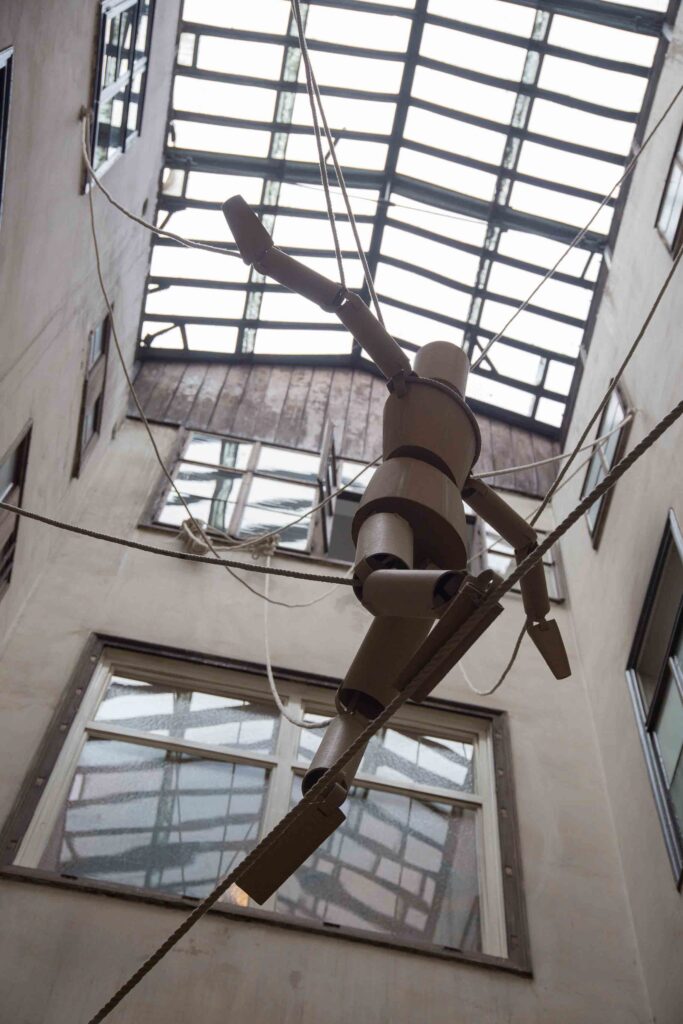






LE CADAVRE EXQUIS
Interactive Installation, 2019
Mirror installation that was exhibited as part of the Queerograd Fest 2019 in the “Volkshaus Graz” and subsequently in the gallery “Second Space”.
The title of the installation refers to a drawing game developed by the Surrealists. In the game, by folding and passing on a piece of paper, a sentence or a drawing is constructed by several people.
The name of the game originated from a sentence formed in this way:
“Le cadavre-exquis-boira-le-vin-nouveau” french: “The delicious-corpse-will-drink-the-new-wine”.
Through the installation, two bodies are mixed, similar to the play of the surrealists, and the question of gender is thus ironically put into perspective.



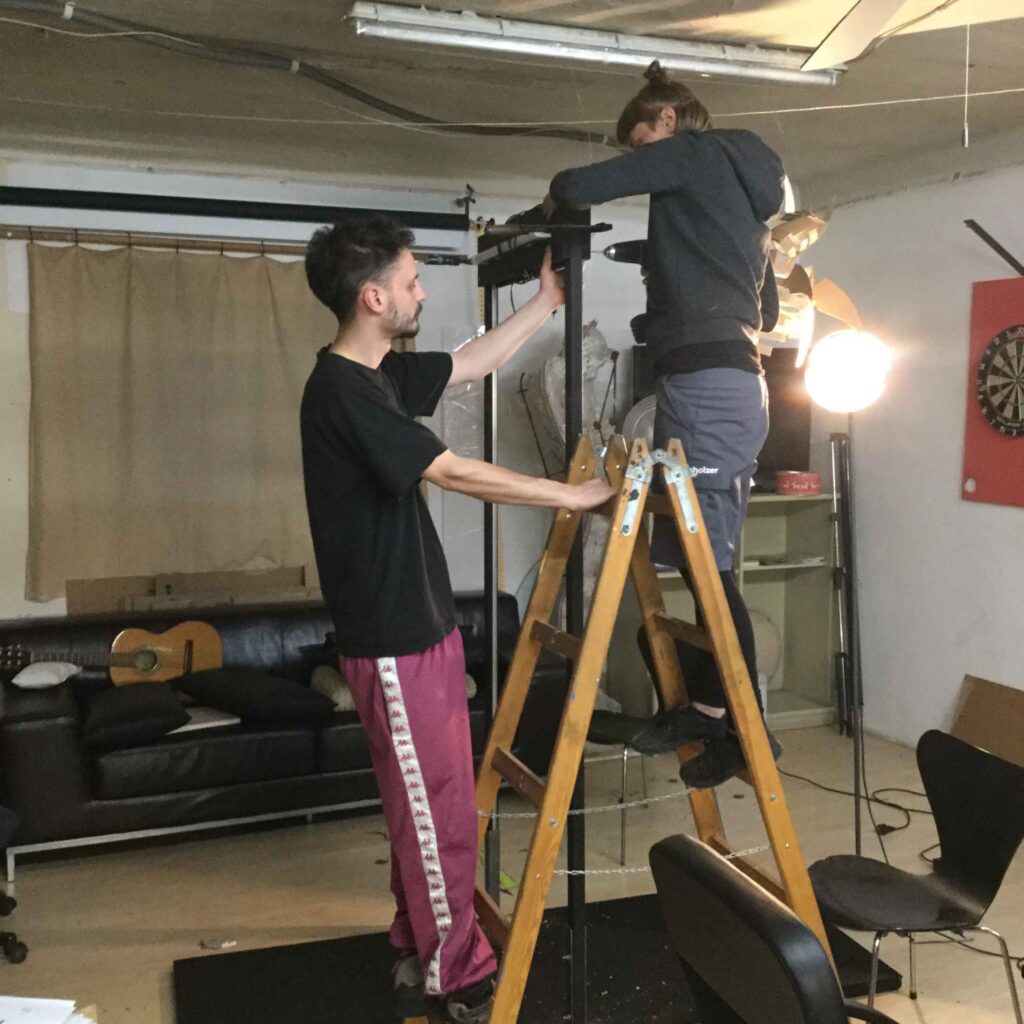


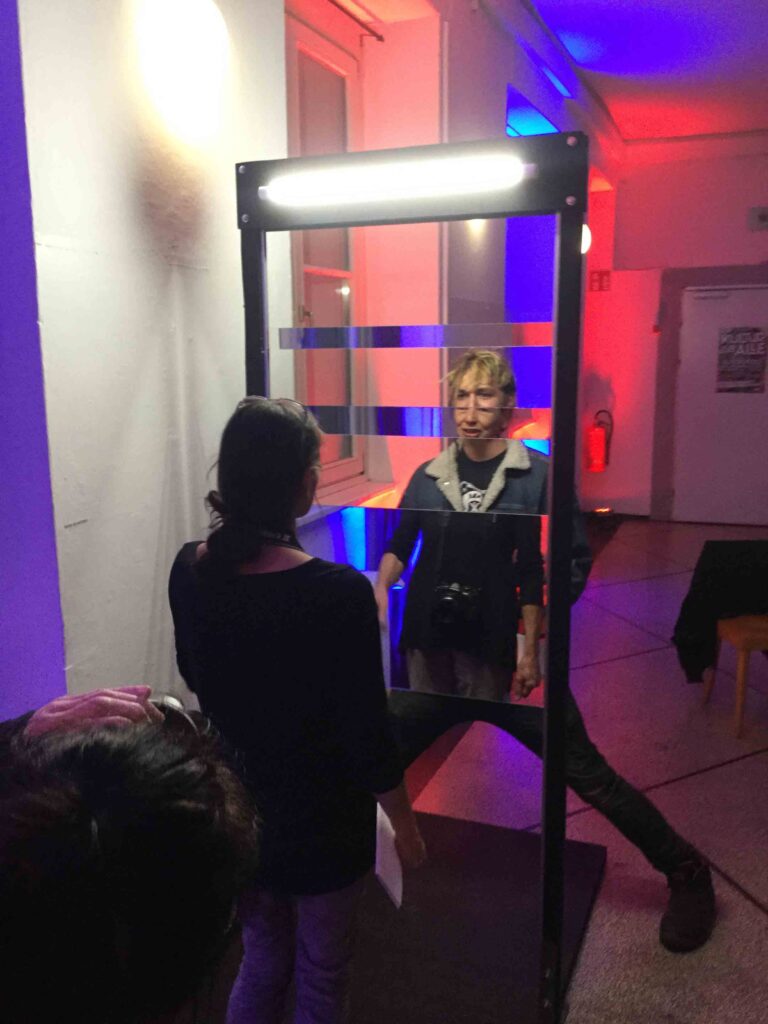

DESAIN
Interactive Sound Sculptures, 2018, Collaborative work with “Some Designers” and Julian Karacsonyi
Visual art meets design, sculpture becomes a medium, interaction an invitation. Design becomes a new language, not through function and form, but through interaction and engagement. It is an invitation to dialogue. In the collaborative work, the interfaces between art and design, digital media and interaction, sound and movement were explored and experienced. The interactive sculptures were presented for the first time at the “Designmonat” (Month of Design) 2018 in Graz and could be seen for 10 days at the Färberplatz. Afterwards, they were on display in Eisenerz as part of the “Rostfest” from August 16 to 18, 2018.
Contributors:
Some Designers: Nick Accorne, Valerio Zanini, Niccolla Lecca, Anahi Mayer. ROTER KEIL: Maria Schneider, Julian Karacsonyi




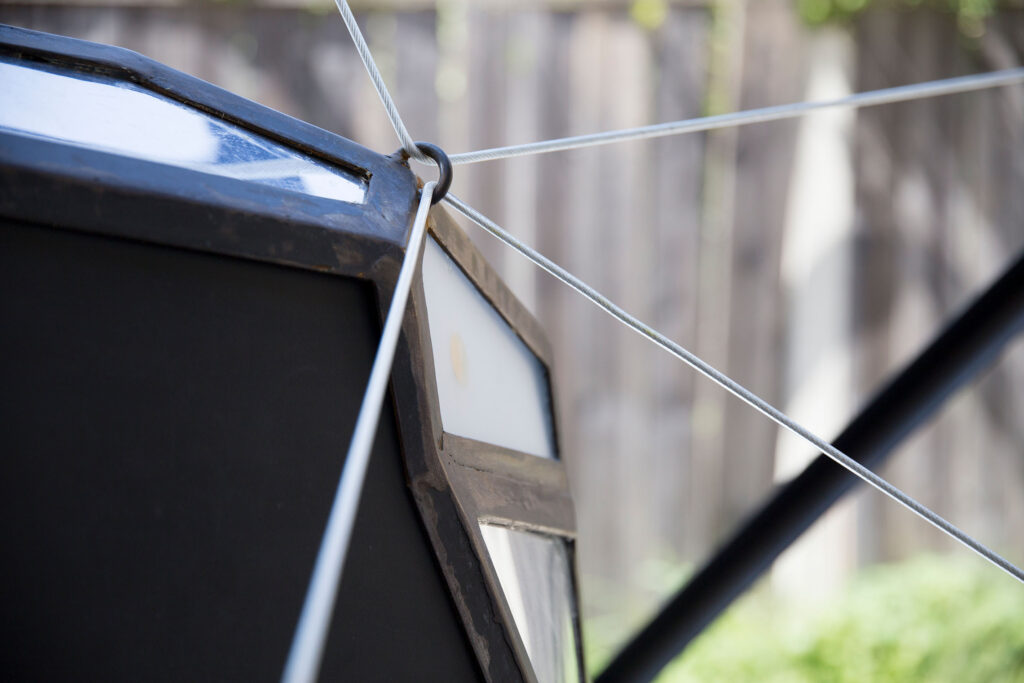


VERSCHATELT (BOXED)
Spartial Installation, 2018
For her final project at the master class for sculpture at the Ortweinschule Graz, Maria Schneider received a scholarship from the cultural initiative “Kürbis Wies”, which took place in spring 2018 in the form of a 6-week “artist in residence”.
In the “Atelier im Schwimmbad” in Wies, the artist implemented a spatial installation with cardboard. The two-dimensional material was transformed into a spatial three-dimensionality. Cardboard, an ordinary material, which confirms its usability daily, but is hardly consciously perceived as a material.
It is fragile and also stable, worthless and valuable, trash and treasure at the same time.
The viewer is supposed to enter an unfamiliar, surreal environment in the installation, which reflects the nesting of the world of thought. The material, familiar from everyday life, is to embody subconscious and chaotic thought constructs in this context.
As part of the grant, Maria Schneider also designed a workshop with the students of the NMS Wies with the material cardboard.


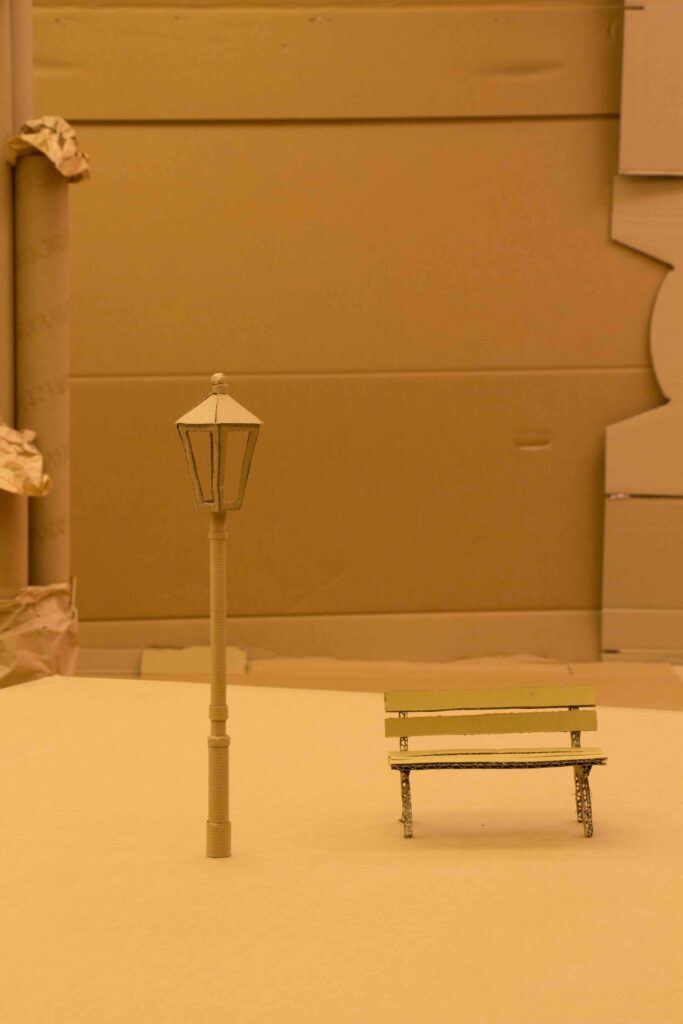



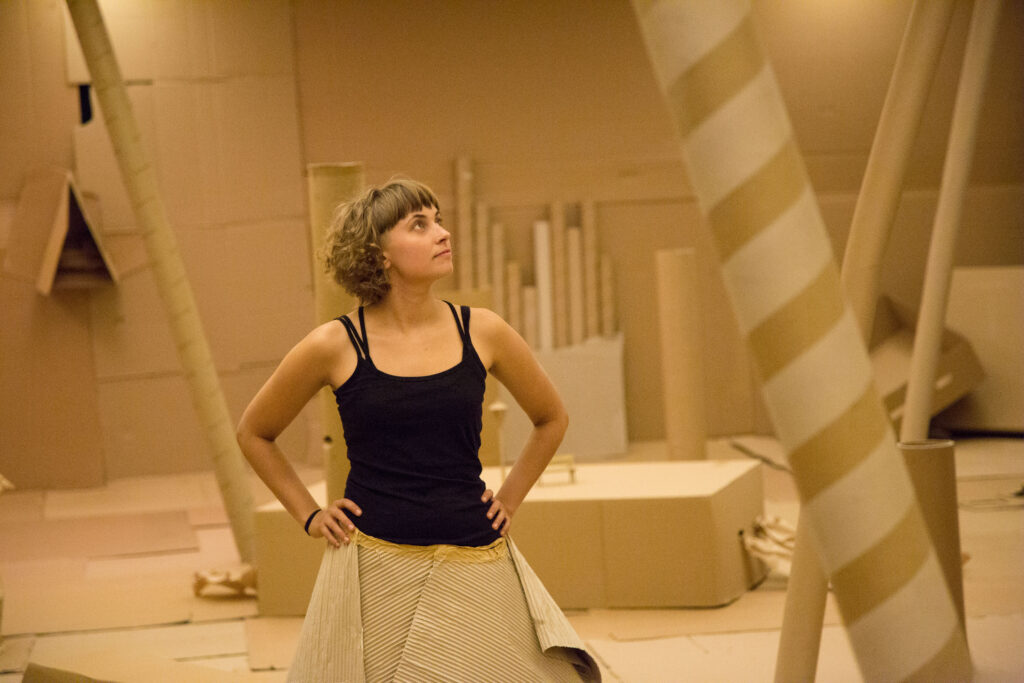




LOST AND FOUND
Spartial Installation, 2017
lose oneself
put in pieces
split up
fragment
dismember
and linger in the ruins
remain lying
get PANIC
and then find
yourself again
The work shows the implementation of the poem formulated losing and finding again as a process that the viewer lives through in the form of a spatial installation. The fascination of this process for the artist is its constant and perpetual emergence in various areas. From small everyday problems to extreme situations /depression. From not finding the representational again to not finding the mind again.
The rooms were entered one after the other in a passage and were accompanied by sound recordings.
It was the final project for the master class sculpturing at Ortweinschule Graz.





